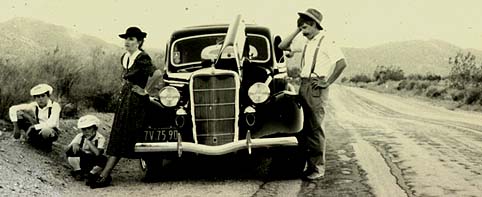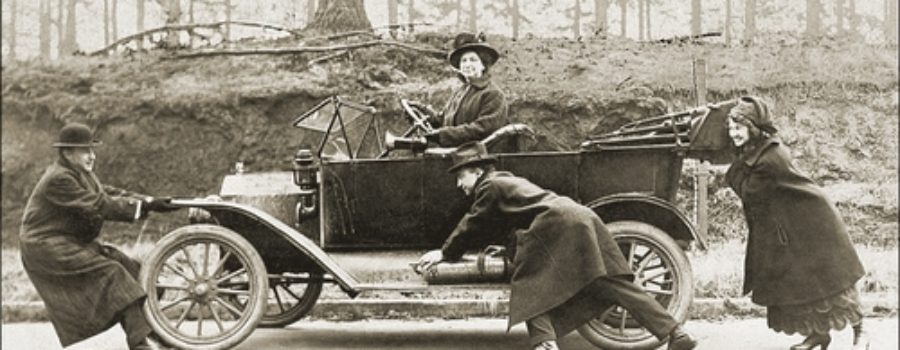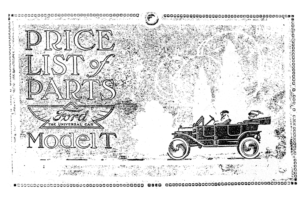The B.B. in the title represents that this is from the archive of the late Bill Bently, who ran a flathead Q&A informational site before he passed away. All threads from this source will be titled using the B.B. identifier on this site. We’re archiving some of the threads, so that his work is not lost or forgotten and so they will continue to educate flathead enthusiasts for years to come.

This is a wonderful diagnostic tool to evaluate a new car, or just start eliminating things on your broken automobile. First get a spark plug that fits your engine. The best one is made by AC because they are crimped together and not cemented. Unless they have changed from the last time I made the tool. Grind the crimped over edge off where it meets the ceramic part. Grind the ground electrode off. Take a punch and knock out the ceramic electrode from bottom to top. Then weld or braze in a tube or air hose coupling.
A valve with small air gauge is also handy but not necessary. Now it’s time to use or learn how to use this wonderful tool.
Bring the cylinder to TDC. Install the tool into the cylinder spark plug hole. Turn on the air slowly.
Listen at carburetor for air hissing out past the intake valve.
Listen at the tail pipe for air bypassing the exhaust valve.
Take the oil filler cap off and listen for excessive amount of escaping air which indicated bad rings.
Look into the radiator for air bubbles will will indicated a leaking head gasket or cracked head/block. If the air pressure spins the engine to BDC it may indicate that the compression is not up to par.
A plastic bottle filled with soapy water may be squirted along the gaskets surfaces or bolts and look for bubbles. High air pressure will move most good engines some, but not real QUICK. This will take using a few time to get good at it.
This tool and a compression gauge will give you a GOOD indication of the state of usefulness of each part of the engine. This is a wonderful tool to take along when you are thinking about buying a new Flathead. Just take along a air tank if there is no compressor at the location of the purchase. Each cylinder should be checked before deciding the quality of the engine. Hope this helps someone to diagnose a problem or not buy a lemon engine or obtain a good engine instead of being stuck with a bad one.
Keep the Flathead running. Sincerely, Donald Luster/Mo
Was this article a help? Consider supporting the Flat-Spot by becoming a Premium Member. Members get discounts with well known retailers, a cool membership packet full of goodies and your membership goes toward helping us upkeep and expand on this great archive.











